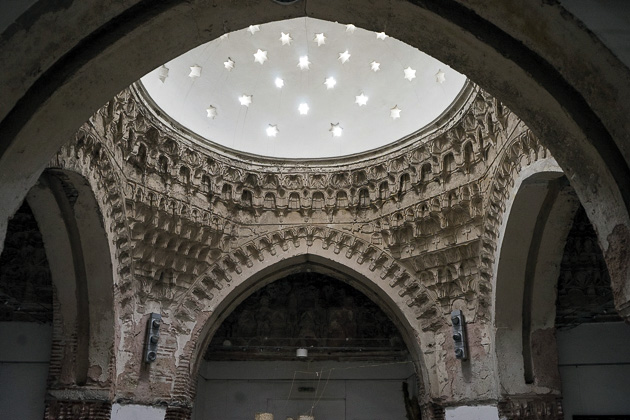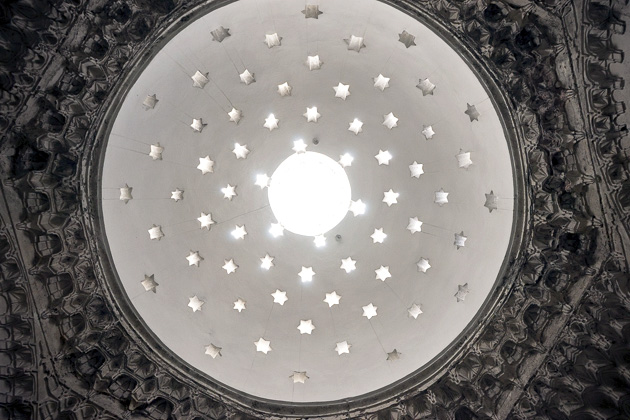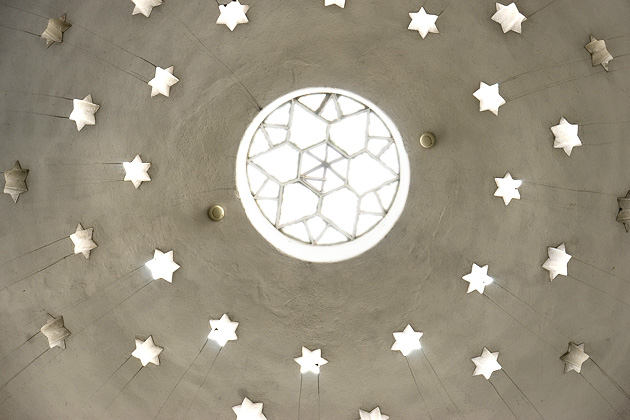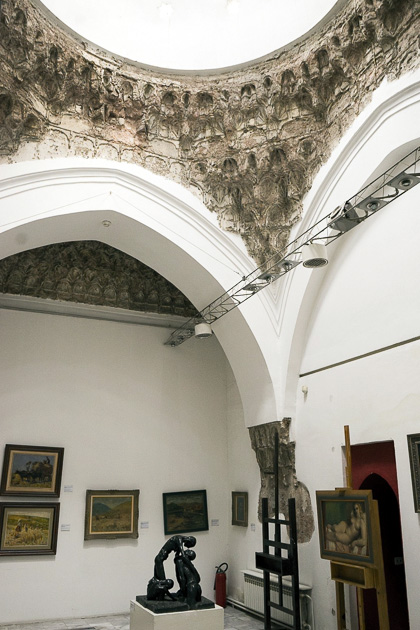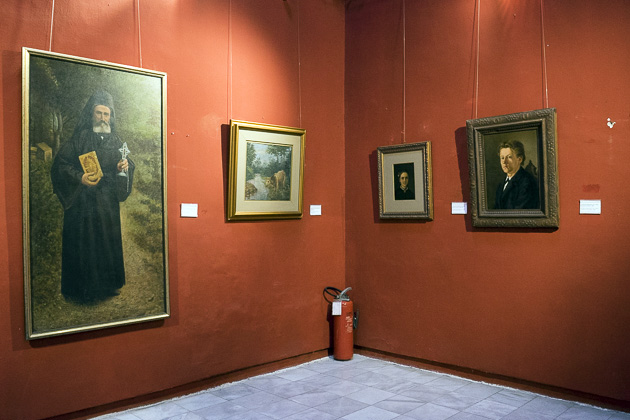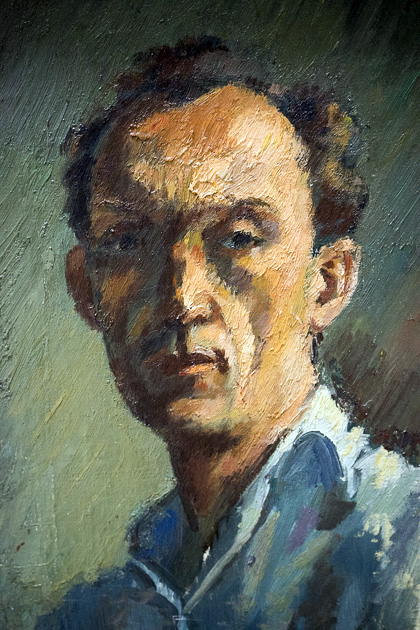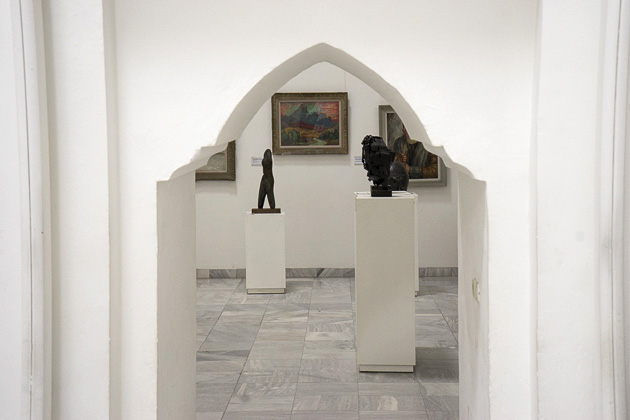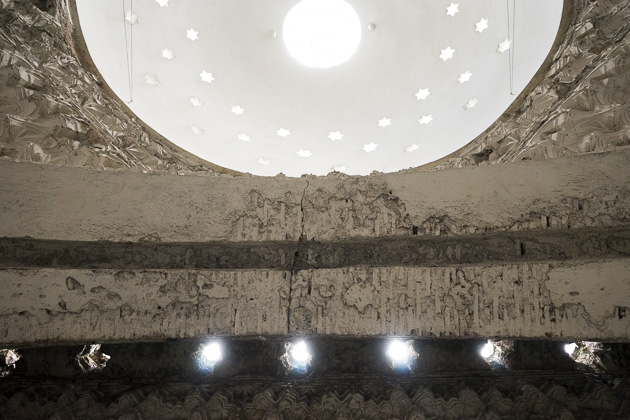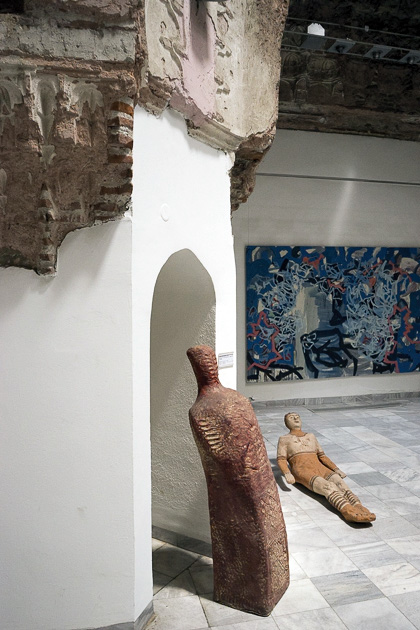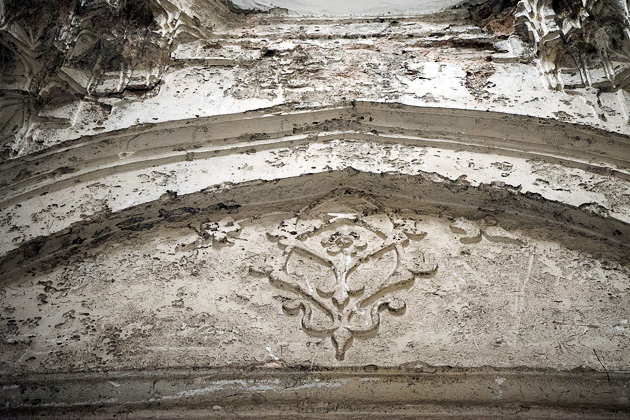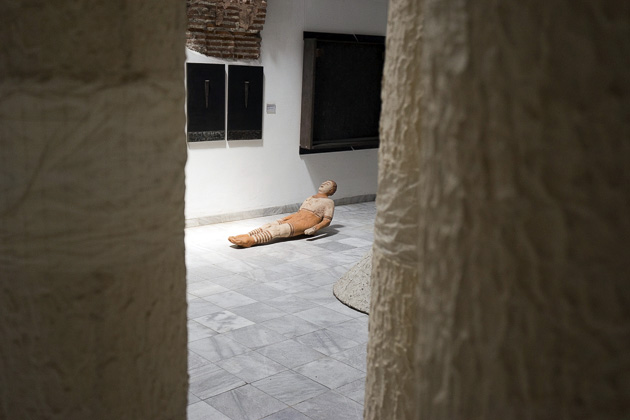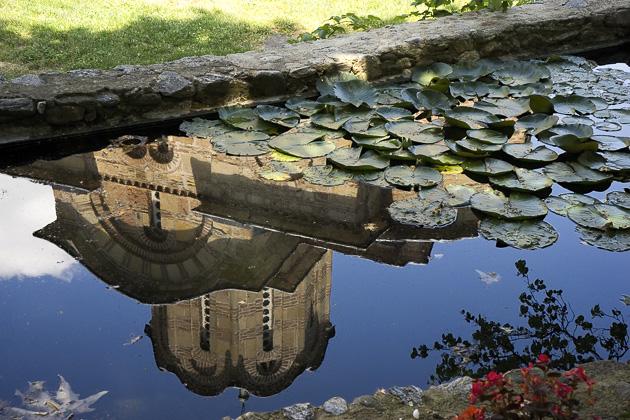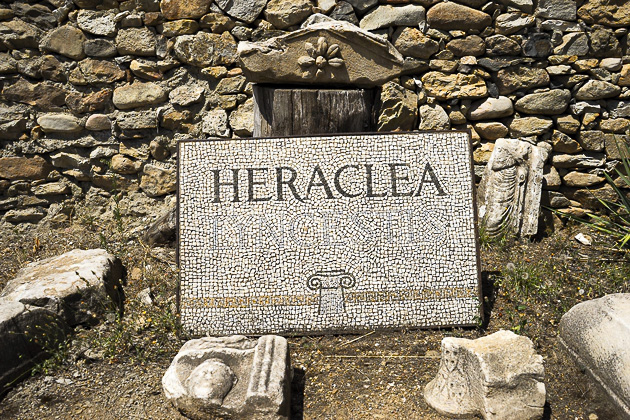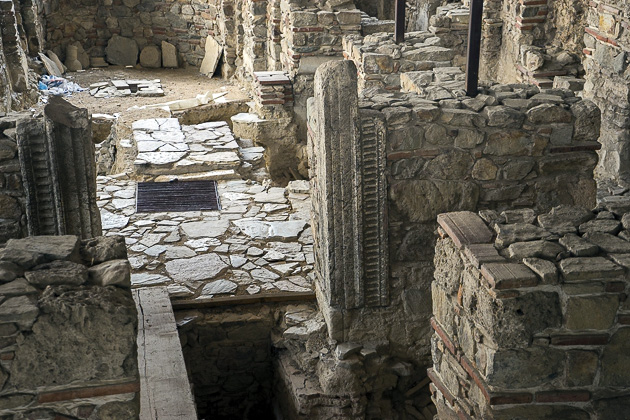Skopje’s Art-Oriented Turkish Hamams
Considering the city’s current craze for stately neo-classical structures, it’s fortunate that so much of the historic Turkish quarter north of the Vardar survived the 1963 earthquake, including two original hamams. Today, the Daut Pasha and Čifte Hamams serve as venues for the National Gallery, and we visited both on a sweltering afternoon in July.

The Daut Pasha Hamam is the first Ottoman-era building one encounters after passing into the Old Bazaar over the Stone Bridge. Built in 1446 by a senior Ottoman official, this enormous structure stretches out over an area of 900m², and is crowned by thirteen domes. While in operation, the hamam was for the use of both men and women. In 1948, it was transitioned into a museum, and eventually became the permanent exhibition space for Macedonia’s National Gallery, with a focus on contemporary art.
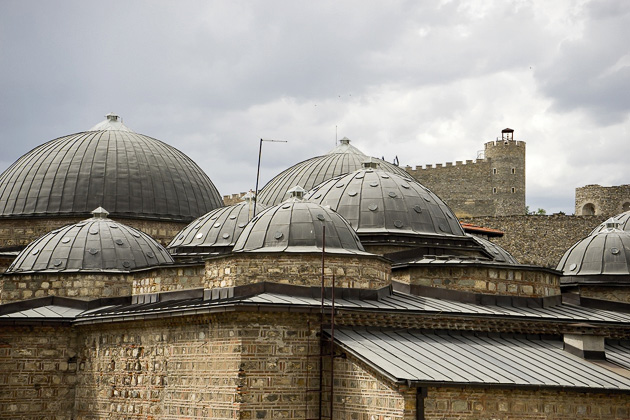
The nearby Čifte Hamam has a similar story. Built in 1531, it’s somewhat newer than the Daut Pasha, and smaller, but has withstood the passage of centuries in magnificent condition. The exhibitions in the Čifte Hamam are always changing; we had the chance to see an excellent presentation on the tricky topic of “Balkan Identity.”
But the National Gallery’s art has a hard time competing with the early Ottoman architecture of these two hamams. Jürgen and I paid scant notice to the works hanging on the walls, more interested in the walls themselves. We admired the domes, punctured by star-shaped holes that allow sun in and steam out, and tried to imagine how wonderful the baths must once have been. If we were in charge, we’d move the art to a real museum and return the hamams to their original purpose.
Locations on our Map: Daut Pasha Hamam | ?ifte Hamam
National Gallery – Website
More Photos from the Daut Pasha Hamam



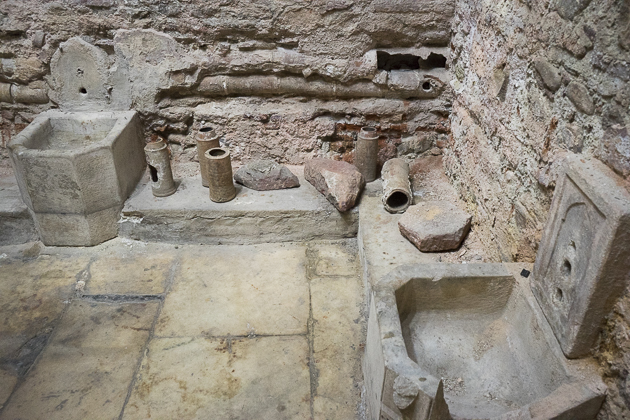
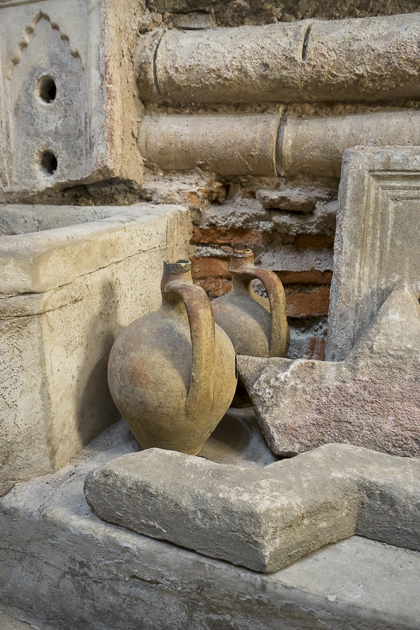
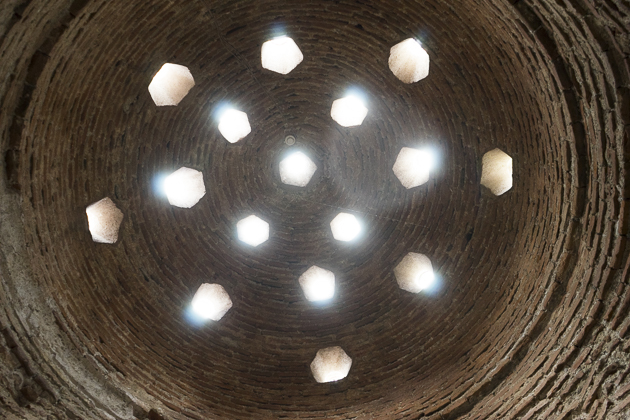
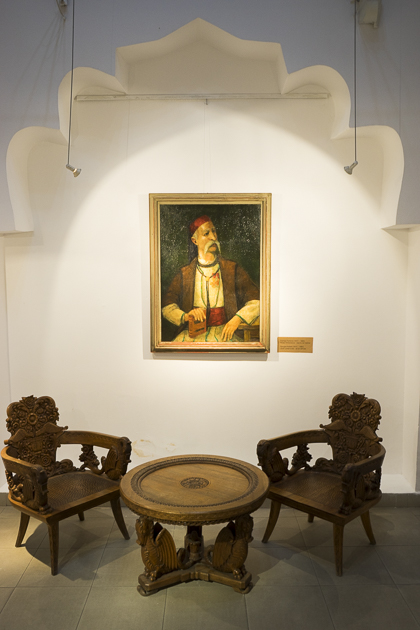

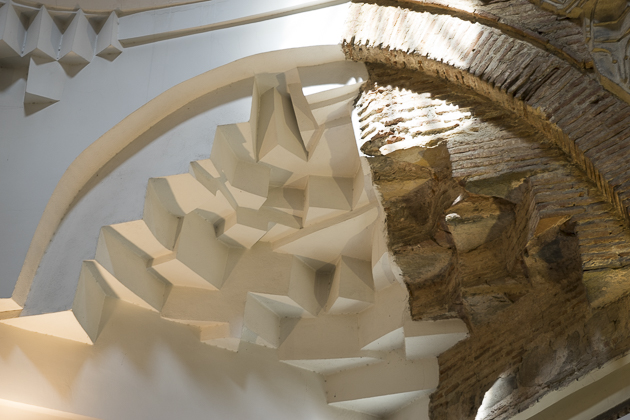
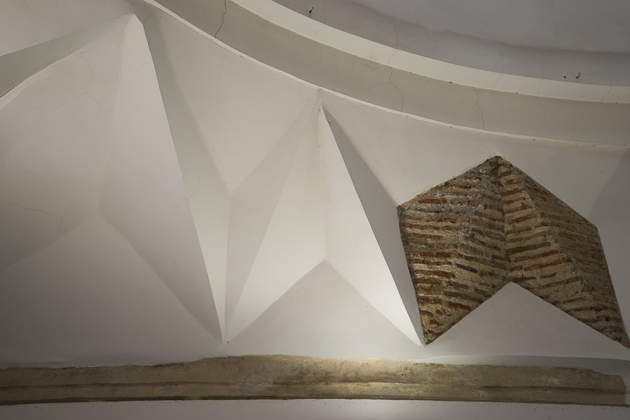
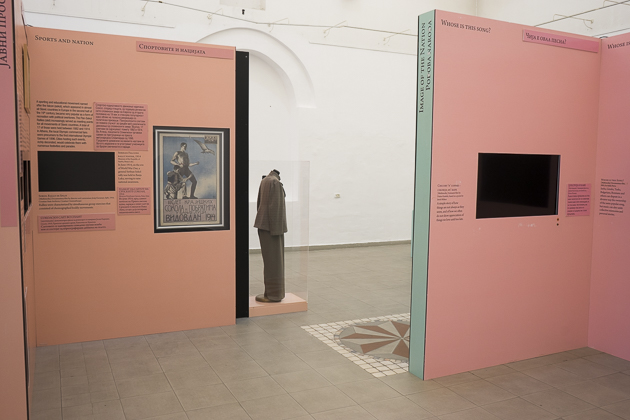
More Photos from the Čifte Hamam

